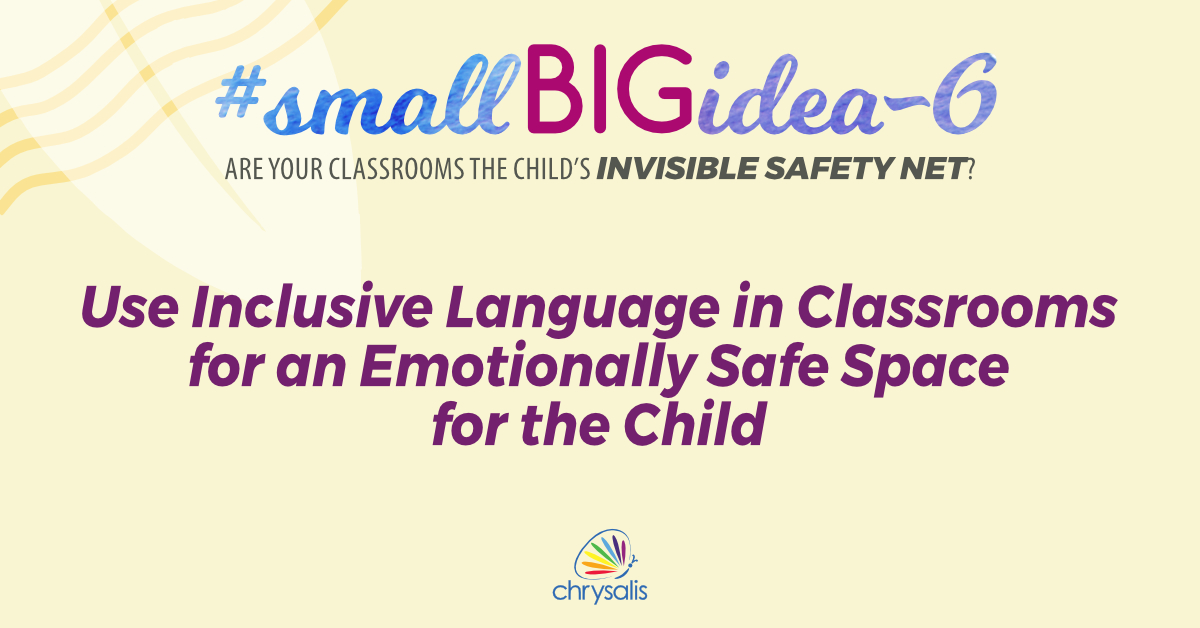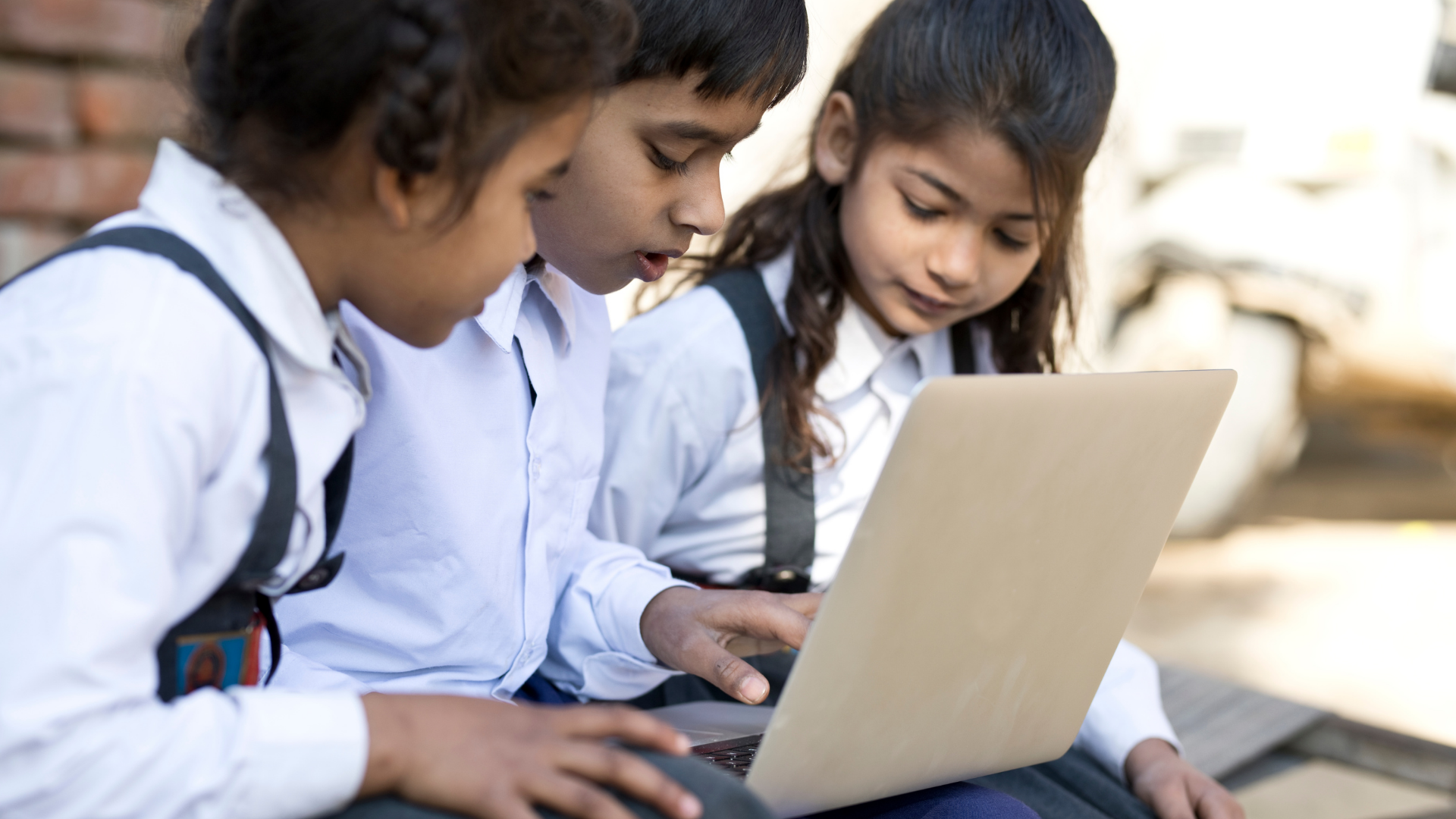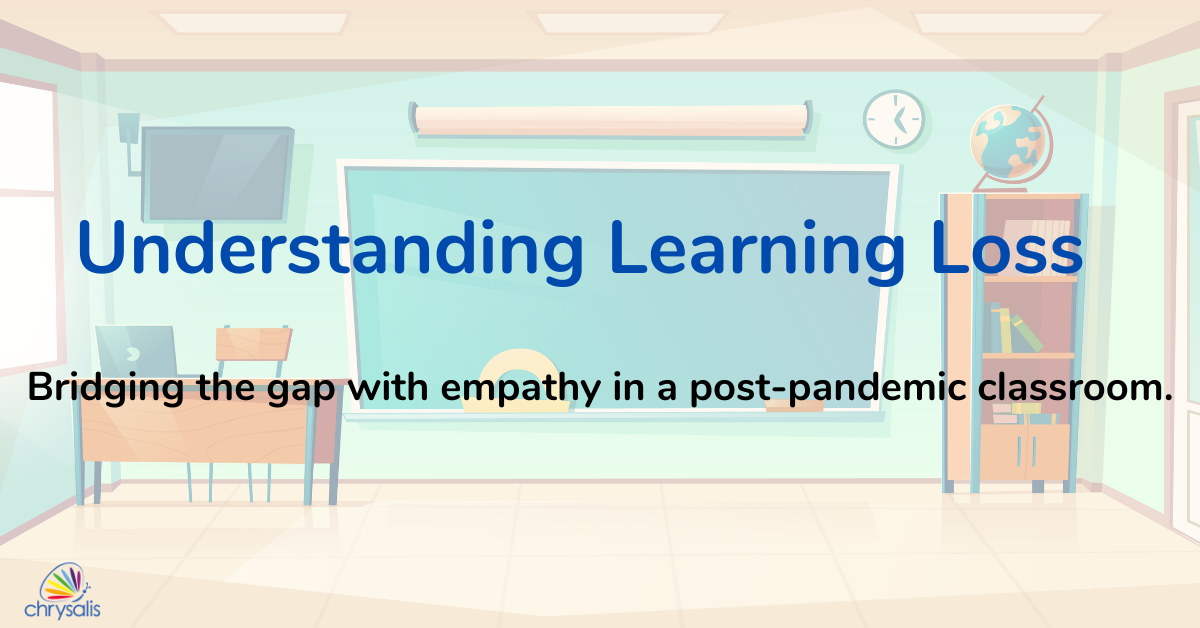Kids are resilient in a lot of ways. But they’re fragile in ways we don’t expect them to be. They are sensitive and things that we brush off every day affects them. We can’t protect them from all the things that make them upset. But we can teach them to protect themselves and how not to let little things get to them. If we just use phrases like, ‘Toughen up’ or ‘Don’t be a crybaby’, that’s when we compromise their emotional health. This applies in a classroom too because this is where kids get to experience the outside world. There are a lot of ways for a teacher to create an emotionally safe classroom and this blog delves deep into this topic.
What constitutes an emotionally safe ThinkRoom?
A safe learning place for kids isn’t just an environment where they’re physically protected. It’s a place where they’re allowed to express their thoughts freely without the fear of reprimands. They should feel confident enough to ask questions and interact with their peers. They shouldn’t be second-guessing themselves during a discussion or every time a question is presented. They shouldn’t feel ignored or cornered. They should feel like their thoughts and opinions matter. Sometimes, a kid’s feelings are disregarded, and it should not be the case in a classroom, especially in the presence of their peers.
How does it affect kids’ learning?
Let’s see how the human brain relates learning and stress. All the sensory organs pass information through the part of the brain called the amygdala aka “Stress Sensor”. The hippocampus which controls learning functions is connected to the amygdala. If a kid is under too much stress, the hippocampus shrinks in size and loses its ability to learn. In extreme cases, this might even be permanent. So, it’s imperative that we don’t expose kids to stress. This is why kids shouldn’t feel stressed in a classroom, their primary place of learning. It’s also up to us to teach them how to manage stress to prevent them from having long-term effects.
Tips to create an emotionally safe ThinkRoom
The Chrysalis motto is to stand up for the kids and it definitely applies here too. Our ThinkRoom kits have a Mood Meter which is a chart that helps kids tell their teachers how they’re feeling. We also have other tools like ‘I Have Something To Say’ cards and Brain Buttons which can be used during circle time. You can learn more about them in this blog. Chrysalis also conducts Professional Development sessions for teachers and school leaders to help them create a better learning environment. You can register for the upcoming webinars. Teachers can do little things like making sure to pronounce kids’ names properly. They can read and write with the students instead of telling them what to do. Teachers being vulnerable or admitting that they don’t know something is a good thing. It tells the kids that it’s okay not to have all the answers. If a problem occurs, find a way to turn it into a teachable moment. Displaying their artworks, poems, stories, etc. will boost their confidence and encourage them to do better. Be happy and cheerful and kids will tend to be positive too. Because kids usually don’t listen to what we say. They do what we do. Set some time aside for teaching kids new songs and have fun singing with them.
Kids are usually happy, playful, and filled with mischief which makes us smile. Let's do our best to provide a safe place for kids to learn and play. Chrysalis aims to provide a learning environment for kids where they can learn with tools that spark their curiosity for knowledge. Learn more about ThinkRooms and register with us to turn your classrooms into ThinkRooms!





